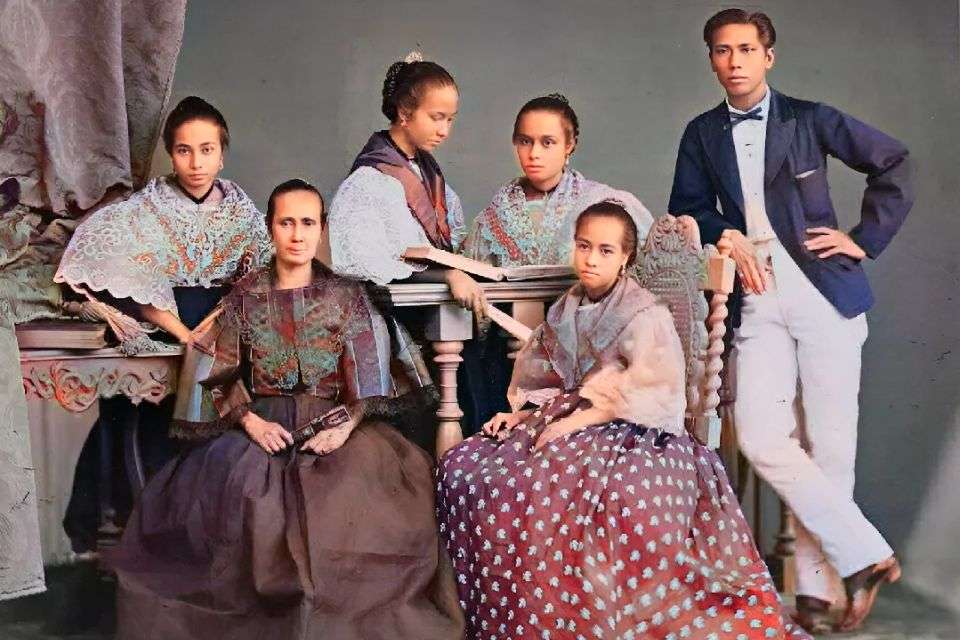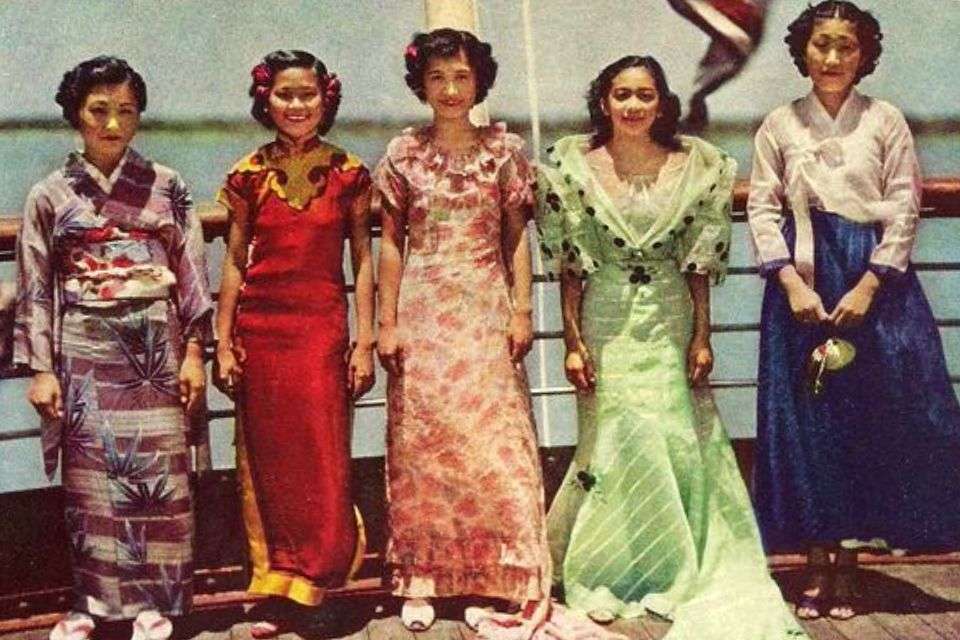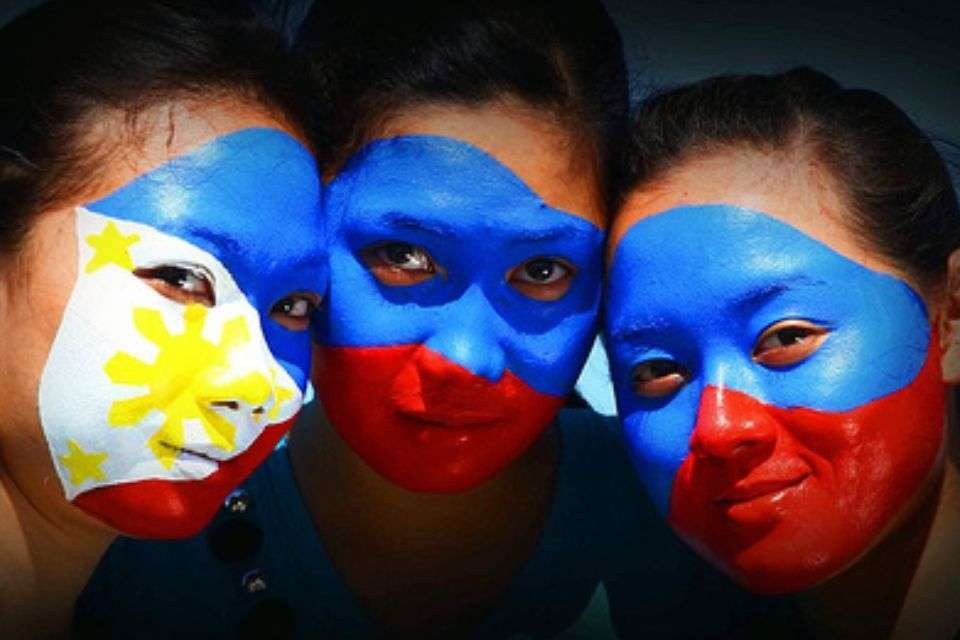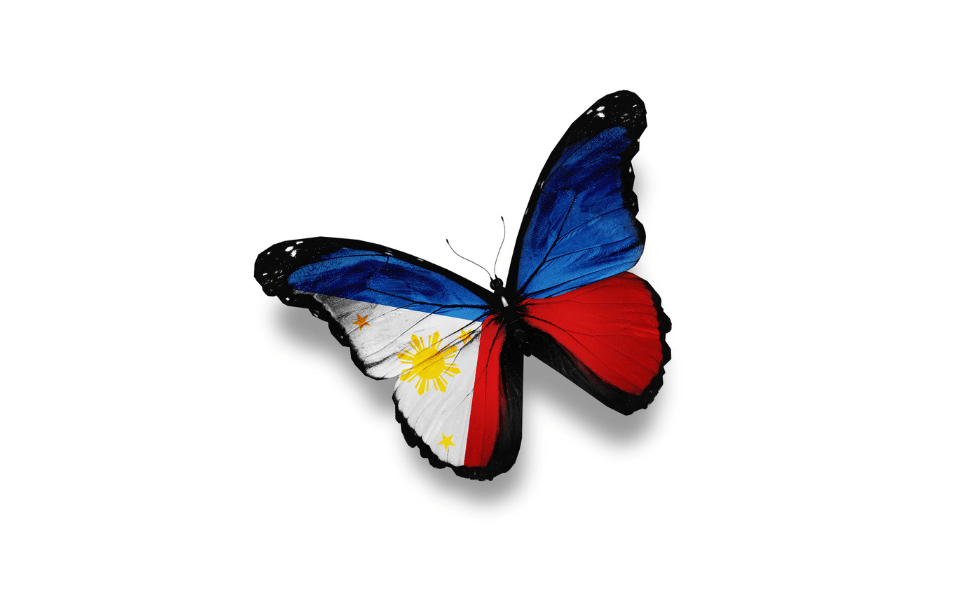
Pinay is a Filipino term that refers to a woman from the Philippines. Where did this word originate, and what are its history and cultural implications? Why has Pinay become so popular, and what is its correct usage in Filipino culture?
We can use many words to describe a person from the Philippines. The most common ones include Filipino, which refers to anyone from the country, and Noypi, which is more prevalent among younger generations. There are even more specific terms like Tagalog, which relates to people from the Tagalog region of Luzon Island in the Philippines, or Ilonggo, which refers to people from Iloilo City in Panay Island.

First, Let’s Get Some English, Filipino and Spanish Terms Right
Pinay, Noypi, and Fil-Am. These are words or terms used to describe people from the Philippines or with Filipino ancestry. So, what does each mean? If you don’t want to offend a potential Filipina date on Blossoms Dating by calling her Philippino, let’s get a few things straight first:
- The English name for the country is the Philippines. The name is a shortened form of the Philippine Islands derived from King Philippe II of Spain (July 25, 1554 – November 17, 1558).
- The Philippines is known as Filipinas in both Spanish and Filipino. The name stems from the old Spanish name Las Islas Filipinas.
- In English, the people are Filipinos. Philippino is incorrect. English did not have a suitable equivalent for Filipino – a “Philippine,” “Philippian,” or “Philippinian” probably didn’t sound right – so it adopted the Spanish word Filipino, retaining the letter F and the suffix “ino.”
- Filipino is the Hispanized (or anglicized) term for both the people and the language of the Philippines.
- Filipino is for a male, and Filipina is for a female.
- Filipinx is a gender-neutral alternative most commonly used in the United States.
- FilAm is short for Filipino-American, one of Filipino ethnicity but was born in the U.S.A.
- Pilipino is how the Philippines refer to themselves or their native language. The national language is a standardized form of Tagalog widely spoken in Manila, Bulacan, Bataan, and Batangas. It’s officially named Filipino because most Filipino languages do not have the “F” sound, so the letters “P” or “Ph” are used (except for some native people in the Cordillera and Mindanao).
- For a time, the national language was Pilipino, but it is now officially known as Filipino. The modernization of the Philippine national language in 1987 saw the addition of the characters F, J, V, Q, X, and Z, with “F” replacing “P.”
- The country’s official name in Filipino is Republika ng Pilipinas, and the official name in English is The Republic of the Philippines.
- Pinoy is a colloquialized Filipino that refers to the people but never the language. It becomes Pinay when referring to a female, although Pinoy is also used to refer to both males and females.
- Noypi is a slang term for Filipino, derived from the inversion of the two syllables in the word Pinoy.

Where Did the Tagalog Term Pinay Originate?
What is the etymology of Pinay? Pinay is a Tagalog word meaning a woman born in the Philippines, regardless of age, ethnicity, or Filipino ancestry.
During the twentieth century, the slang terms Pinoy and Pinay emerged. The word Pinay was first used in the 1920s by Americans who wanted to distinguish between Filipinos and Filipinos of Spanish descent (Filipinos de Español). The first recording in print of the term was in a 1926 issue of the Filipino Student Bulletin in the article titled “Filipino Women in U.S. Excel in Their Courses: Invade Business, Politics.”
Here’s a passage from the book Pinay Power: Peminist Critical Theory: Theorizing the Filipina/American by Melinda L. De Jesus, quoting historian Dawn Mabalon (p.14):
“The origins of “Pinay” can be traced to the early migrations of Filipina/os to the United States. The term] has historically been used by Filipina/o Americans to denote Filipina/os living in or born in the United States. The term was/is in constant use in Filipina/o American communities from the 1920s to the present and was particularly reclaimed and politicized by Filipina/o American activists and artists in the FilAm movements of the 60s/70s. In more contemporary times, “Pinoy” and “Pinay” [are] used as slang by Filipina/os in the Philippines and the U.S. to identify anyone of Filipina/o descent. It’s interesting how that term traveled from the United States back to the Philippines.”
Here’s another one from page 8 of Filipino American Psychology: A Handbook of Theory, Research, and Clinical Practice, 2nd Edition by Dr. Kevin Nadal:
“Second, some people use the term “Pinoy” to describe a Filipino American – with related words including “Pinay” (Filipina American woman), “Pinoys” (two or more Filipino Americans of any gender), and “Pinays” (two or more Filipina American women). The term “Pinoy” was said to be first used among the earlier Filipino American immigrants on the West Coast in the early 1900s to describe other Filipinos (Guyotte & Posadas, 2012). In fact, it was considered to be a unifying term because prior to arriving in the U.S., many of those earlier immigrants identified first (or most) with their region in the Philippines (e.g., Visayan, Ilokano, etc.) instead of as Filipino or with the entire country, Today, both “Pinoys” and “Pinays” are used as terms of endearment or as political identifiers.”

How Did Pinay Become Prevalent in the Filipino Language?
The earliest known uses of Pinoy/Pinay in magazines and newspapers dating back to the 1920s. They include taking on social issues confronting Pinoys, casual mentions of Pinoys at events, and advertisements from Hawaii by Filipinos themselves. The earliest known usage in the Philippines is from December 1926, in History of the Philippine Press, which briefly mentions a weekly Spanish-Visayan-English publication called “Pinoy,” based in Capiz and published by the Pinoy Publishing Company.

What Does the Word Pinay Mean Today?
Pinay has been used for centuries to refer to a woman of Filipino descent. In modern times, however, the term has become much broader. Today, Pinay refers to any female Filipino-identifying individual regardless of background or ethnicity. It is no longer just a label for those born and raised in the Philippines but also an inclusive term that encompasses all Filipinos from all walks of life. Furthermore, it is now an empowering word that celebrates and celebrates the strength and resilience of Filipina women everywhere.
Pinay is often used casually among Filipino friends or in informal settings. It is commonly used as an affectionate nickname for Filipinas in English and Tagalog-speaking countries and where there are large populations of Filipinos who live abroad. It has now primarily become adopted as a proud self-identifier among Filipina women.
Using the correct terminology when referring to a person from the Philippines is vital, as using a derogatory or disrespectful term can be considered offensive and hurtful. Pinay is commonly used to refer to a Filipina woman and is considered respectful and appropriate. Using this term shows that you have taken the time to learn about and understand the culture and customs of the Philippines and that you have respect for the person you are communicating with.
So, if you’re dating a woman from the Philippines, impress her by calling her Pinay and showing her how much she means to you.



